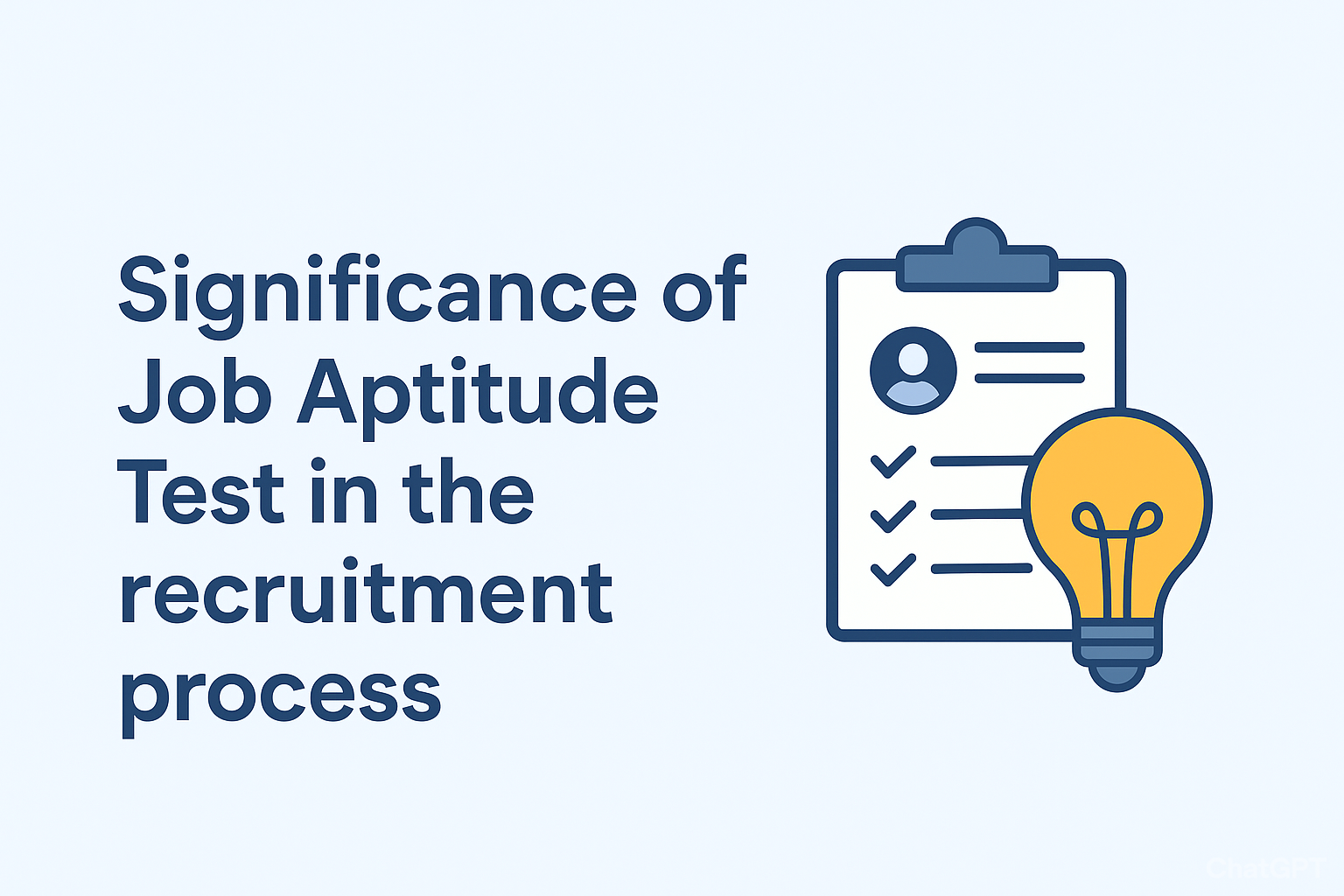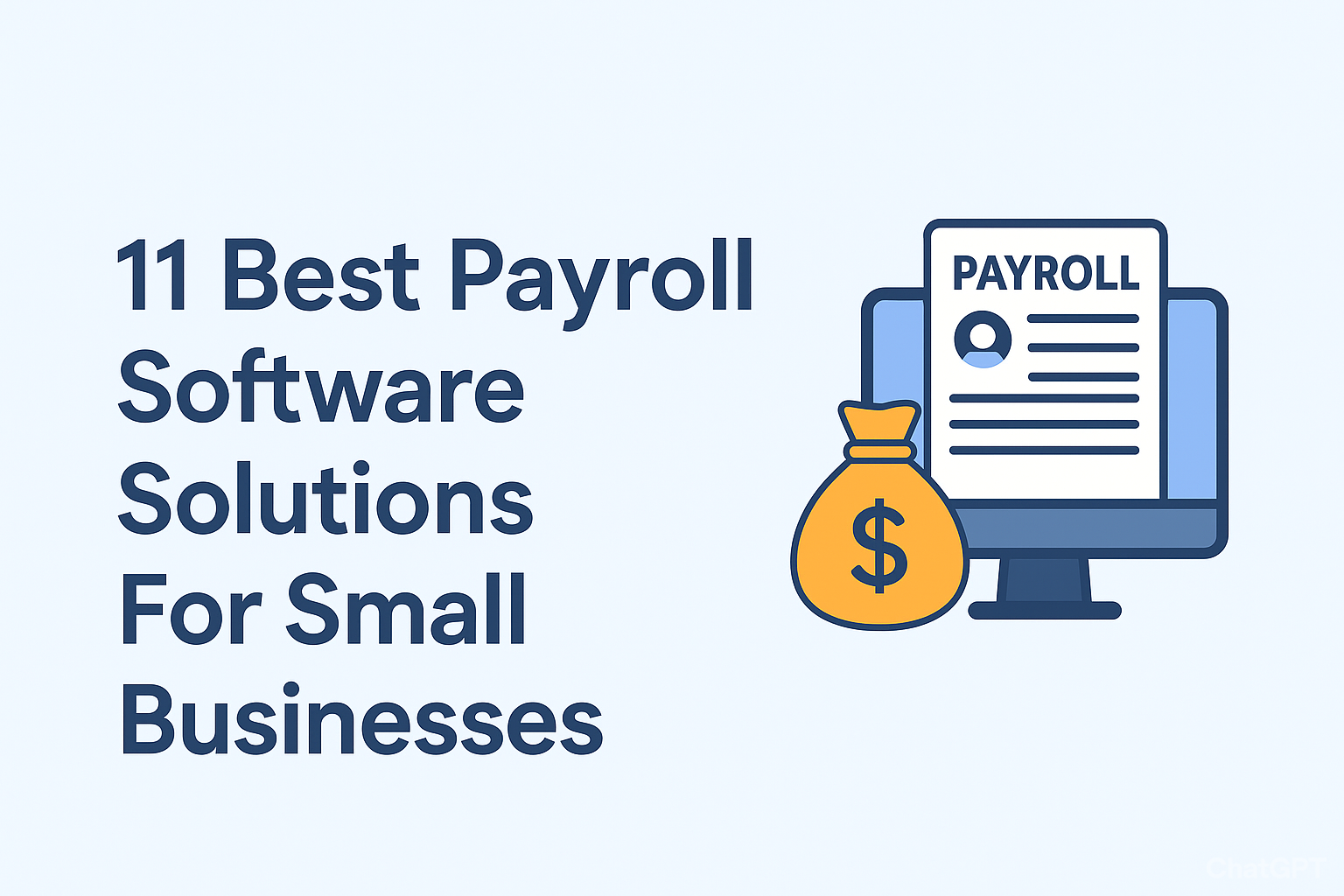Last Updated on September 15, 2023 by
Since the emergence of the pandemic, there have been many developments and changes in cybersecurity and identity management. These developments and changes continue to occur every day. This process has made it necessary for many organizations and workforces to remote working environments. It has strained many IT workers while looking for strong and sustainable security and business continuity solutions.
Secure credentials are an essential component of cyberattacks. For this, it is useful to evaluate whether it protects the identity information in the best way while adopting a cybersecurity management approach. Cyberattacks coming from external and internal cyber-attackers can be prevented with forceful measures. Implementing IAM best practices means utilizing one of the strongest of these measures. IAM not only protects identity information but also provides a secure infrastructure with the solutions it offers.
IAM is becoming more common in the business world as organizations realize the advantages of using IAM. In line with research, most of the respondents stated that their organization only had a partial Identity Access Management implemented as of 2021. However, more than 20 percent of respondents owned full Identity Access Management. Here are the details of IAM, which we explained with a few questions:
Table of Contents
What is Identity Access Management (IAM)?
Identity Access Management (IAM) is the process for authorizing or denying the security of employee data and information and other systems within the network. IAM is a kind of workflow system integration for effective work. IAM unifies all of the procedures, policies, protocols, and the whole process and makes them work in conjunction.
IAM checks and verifies users’ credentials (authentication) and allows them to securely access resources for which they have an allowance to use (authorization). IAM solutions contain Single Sign-On, Multi-Factor Authentication (MFA), Role-Based Access Control (RBAC), and more. In the infrastructure of these solutions, there are identity and profile data that allow only necessary and relevant data to be shared with the person requesting access.
What Are The Main Functions of IAM?
IAM solutions depend on a function that allows administrators who are responsible for security to regulate access to company systems or networks for employees. These functions work in accordance with role-based access control. The aim is to verify user information, manage digital identities, and access privileges, and control access to critical information. The basic functions of IAM include:
Access management:
Access management is the processes and technologies used to control and monitor the access activities within the network. It usually checks access policies by enabling single sign-on (SSO) and Multi-Factor Authentication (MFA).
Multi-factor authentication management (MFA):
MFA provides authentication in the form of secondary authentication checks to authenticate users and reduce exposure to stolen credentials. It combines the user’s password, a security token or OTP, and a specific feature such as biometrics.
Identity analytics management:
Identity analytics is a process by which user identities are provided and coordinated. It detects and prevents suspicious identity activity through machine learning.
Read More: How Creative Designs Play a Vital Role in Brand Identity
Single sign-on (SSO):
SSO enables the consolidation of user passwords and credentials behind a single account with solid password activation to simplify access to services. With SSO, users only have to verify themselves one time.
Directory services:
Directory services provide centralized and consolidated credential management and synchronization and also enable directory data to be delivered to various servers.
Role-based access control:
RBAC grants predefined job roles with specific sets of access privileges. It works depending on who the people are and what their role is.
Why IAM Is Important?
IAM is a critical framework for protecting confidential data, classified information, and corporate resources against cybersecurity threats. IAM solutions ensure consistency of user access rules and policies across an enterprise. At the same time, IAM ensures that users’ rights to resources are applied correctly.
When organizations don’t automatically monitor all activities and resources, they can become vulnerable to risky users and data breaches. This is often at risk due to not being managed properly and effectively.
IAM is an essential tool for cloud environments that helps manage access consistency between on-premises data centers and multiple cloud services. To prevent identity-based attacks, organizations need IAM strategies for users and activities.
Conclusion
Implementing IAM means being able to manage who has access to what, and under what circumstances, to your sensitive data. Automating IAM systems reduces the time and resources required to manually manage user access, resulting in greater operational efficiency while reducing the risk of human error.
IAM also provides a comprehensive overview of your organization’s IT infrastructure so you can monitor your entire system for potential and current threats. With well-managed identities, IAM will help you improve your current business environment by providing greater control over user access and reducing the risks of data breaches.



























